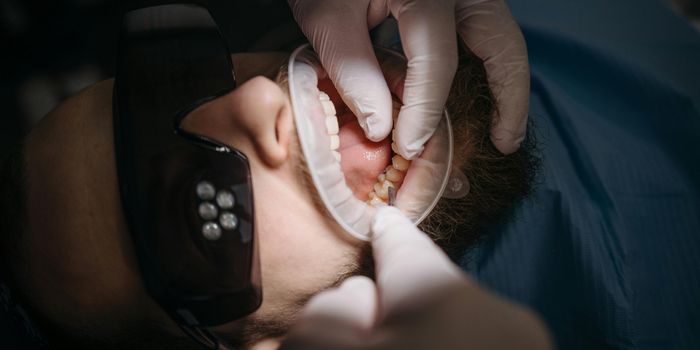The 'Molecular Key' in Developing Tuberculosis Drugs
Tuberculosis is an ancient disease, signs of it were examined in Egyptian mummies. It is caused by the bacterium and pathogen, Mycobacterium tuberculosis, which infects about one quarter of the world's population killing roughly two million individuals per a year. Despite how ancient the disease is, the pathogen that causes Tuberculosis.
Now, research performed by scientists at the University of Rockefeller which is directed by Seth Darst and Elizabeth Campbell, a researcher in the Darst's laboratory, may challenge the evolutionary traits of M. tuberculosis offering a strong and potent treatment against the disease. The particular research has focused on an antibiotic that eradicates M. tuberculosis in a laboratory environment which is not suitable for clinical use. The researcher's work has aimed to explain how this new treatment operates which can encourage other investigators to develop new antibiotics to effectively treat tuberculosis patients.

The discovered drug treatment was an antibiotic known as fidazomicin, which successfully kills M. tuberculosis. However, for fidazomicin to be effective against the treatment of tuberculosis in a real-world setting, it must be absorbed by the gut, and to do that researchers must understand its molecular mechanism.
Fidaxomicin works to inhibit an enzyme called RNA polymerase (RNAP), which helps transcribe DNA into RNA, a fundamental process of life. The enzyme, RNA polymerase, was seen to include hinged pincer that works to close down for secure DNA transcription. Therefore, investigators believe that fidaxomicin can interfere with the hinged pincer of the RNA polymerase, they just not yet understand how the interference occurs and if fidaxomicin holds inhibiting properties such knowledge may pride more versions of fidaxomicin for maximum efficacy against tuberculosis.
Through the use of an imaging technique known as cryo-electron microscopy, investigators were able to figure out exactly how the antibiotic works against RNAP. In early studies, they found out that a version of RNAP found in M. tuberculosis works only when combined with a protein known as RbpA; a transcription factor present in few bacteria. The transcription factor, RbpA, forms itself into a small pocket located at the base of the RNAP hinged pincer, allowing full functionality. Using cryo-electron microscopy, Hande Boyaci (a post-doc) and James Chen (graduate student) were able to make it evident that fidaxomicin binds to RbpA and other parts of the RNAP deep inside that pocket. "It acts like a doorstop, and prevents the clamp from securing DNA for transcription," says Elizabeth Campbell.
Furthermore, the research team took it a step furthers to work with a non-pathogenic cousin of M. tuberculosis; which is M. smegmatis. In particular, they used a mutant form of the bacterium that have a portion of the RbpA that is necessary for interaction with fidaxomicin. If the normal Mycobacteria was exposed to fidaxomicin, then the bacterium will not grow. On the other hand, the mutant forms were successful in dividing and thriving despite the presence of an antibiotic. This concluded that RbpA is essential in part of the mechanism which allows these un-mutated forms of Mycobacteria to be vulnerable to fidaxomicin.
"Our hope is that drug companies will use these studies as a platform for modifying and designing antimicrobials," says Campbell. "They could use the structures we analyzed to design antibiotics that would only inhibit Mycobacteria, but they could probably also design broad-spectrum antibiotics that would kill a wide range of other bacteria."
Sources: eLife, Science Daily








